Signature Treatments
PFRANKMD
VSEL Stem Cell Regenerative Treatments
Introducing VSEL Stem Cell Regenerative Treatment, the next evolution of PRP therapy, utilizing direct injection and IV infusion with external Laser therapy to precisely target problem areas, representing the forefront of PFRANKMD Pro-Aging therapies.
PFRANKMD
INJECTABLES
Dr. Paul Jarrod Frank’s customized Expressive Neuromodulation and Structural Optimization injectable technique for facial lifting and rejuvenation.
PFRANKMD
NECK REJUVENATION
A proprietary combination of radiofrequency and ultrasound skin tightening technology combined with minimally invasive microcannular liposuction and microneedling to tighten and lift sagging skin on the jawline and neck.
PFRANKMD
THREAD LIFT
A non-surgical lifting procedure for the face and neck using synthetic absorbable surgical sutures composed of polydioxanone.
PFRANKMD
CELLULITE SOLUTION
A proprietary combination of EMTONE and BIOSTIM treatments to remove cellulite and tighten dimpled skin anywhere on the body.
PFRANKMD BIOSTIM
A proprietary combination of Radiesse and Sculptra fillers to remove cellulite and tighten skin anywhere on the body.
PFRANKMD
PIGMENT PROTOCOL
A combination of FRAXEL and PICO Genesis laser treatments to reduce melasma, hyperpigmentation and sun spots.
PFRANKMD
BBL BODY GLOW
A broadband light pulse treatment for crepey and sun-damaged skin that also provides quick and painless hair removal.
PFRANKMD ACNE
PROTOCOL
A three-part procedure featuring laser, cryo and topical antibiotics to treat mask-induced breakouts.
PFRANKMD AQUAGOLD /
SKIN BOOSTING
A bioactive microneedling treatment that infuses skin with hydration and nourishment for a lasting glow.
PFRANKMD
FIFTH AVENUE BUTT LIFT
A non-invasive technique using semipermanent fillers to inflate, smooth and lift the buttocks.
PFRANKMD
KNEE LIFT
A combination of biostimulatory fillers, microneedling and suture suspension threads to combat sagging and wrinkling in the knee area.
